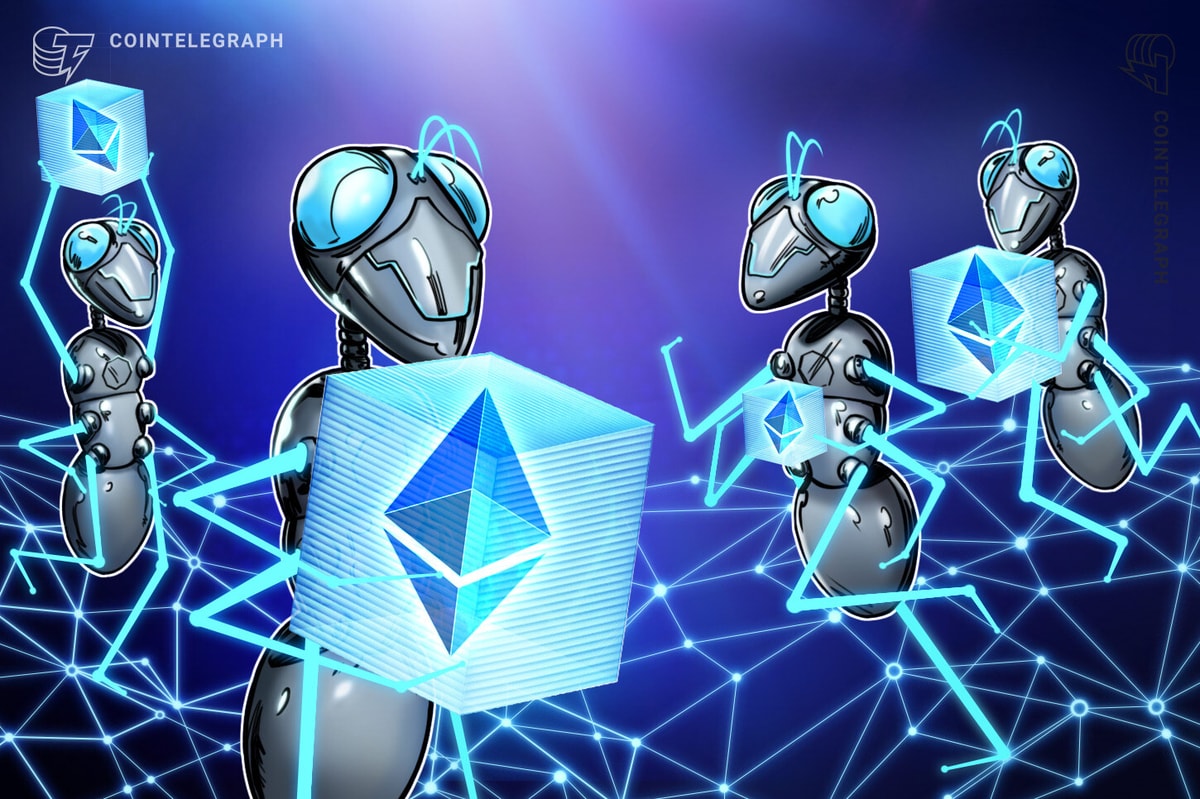Boost Performance: Effective Strategies to Reduce Cutting Block Times

ethereum Developer Proposes Halving Block Time to Enhance User Experience
Proposal Overview: EIP-7782
An ethereum developer has put forth a significant proposal aimed at reducing the network’s block time from 12 seconds to just six seconds. This initiative, known as ethereum Improvement Proposal 7782, was presented by core developer Barnabé Monnot on June 21. The goal is to enhance transaction confirmation speeds and overall user satisfaction by adjusting the frequency of block creation.
Enhancing Transaction Confirmation
Monnot emphasized that shorter block times could improve the confirmation service, potentially increasing the network’s economic value as a settlement and confirmation layer. The proposal, initially drafted in October 2024, is expected to be incorporated into the Glamsterdam update, which is scheduled for late 2026. By that time, the ethereum network is anticipated to have achieved significant scaling, with blocks potentially accommodating three times the current gas limit and eight times the blob supply.
Advantages of Accelerated Block Creation
The ethereum staking protocol, Everstake, highlighted several benefits of more frequent block proposals. A reduction in block time would lead to quicker transaction inclusions, resulting in a more responsive network. Users would experience more timely updates in their wallets, and on-chain data would refresh at a faster rate, enhancing interactions across wallets, decentralized applications (DApps), and layer-2 solutions.
Moreover, the increased frequency of block production could make it more challenging for malicious actors to censor transactions, as there would be a higher number of block producers available.
Impact on Decentralized Finance and Trading
The proposal also outlines potential improvements for decentralized finance (DeFi) and trading activities. Faster block times could lead to quicker price updates on decentralized exchanges, minimizing the risks associated with arbitrage trading. Monnot noted that trading fees might decrease as market efficiency improves, leading to enhanced liquidity in automated market makers.
“Accelerated block times foster greater liquidity, which translates to lower trading costs for users and amplifies ethereum‘s network effects,” Monnot stated.
Considerations and Challenges
Despite the advantages, there are potential drawbacks to consider. Validators with slower connections may struggle to meet the new timing requirements, and the increased frequency of consensus messages could demand higher bandwidth. Additionally, there is a risk of network congestion during peak usage times, necessitating thorough testing to ensure stability and compatibility with existing smart contracts.
Adjustments to Subslot Timings
EIP-7782 proposes modifications to three critical subslot timings: the block proposal time would decrease from four seconds to three seconds, attestation time would be reduced from four seconds to 1.5 seconds, and aggregation time would also drop from four seconds to 1.5 seconds, achieving an overall reduction of six seconds.
Monnot expressed optimism about the proposal, stating, “Implementing a twofold reduction in slot time would be a remarkable advancement for ethereum, warranting serious consideration for the Glamsterdam update.”
Future of the Glamsterdam Update
The Glamsterdam update is currently in its early design phase, focusing on optimizing gas usage and enhancing protocol efficiency. The overarching aim is to make ethereum faster and more cost-effective for users.
This article provides a comprehensive overview of the proposed changes to ethereum‘s block time, highlighting the potential benefits and challenges while ensuring clarity and coherence for readers.







